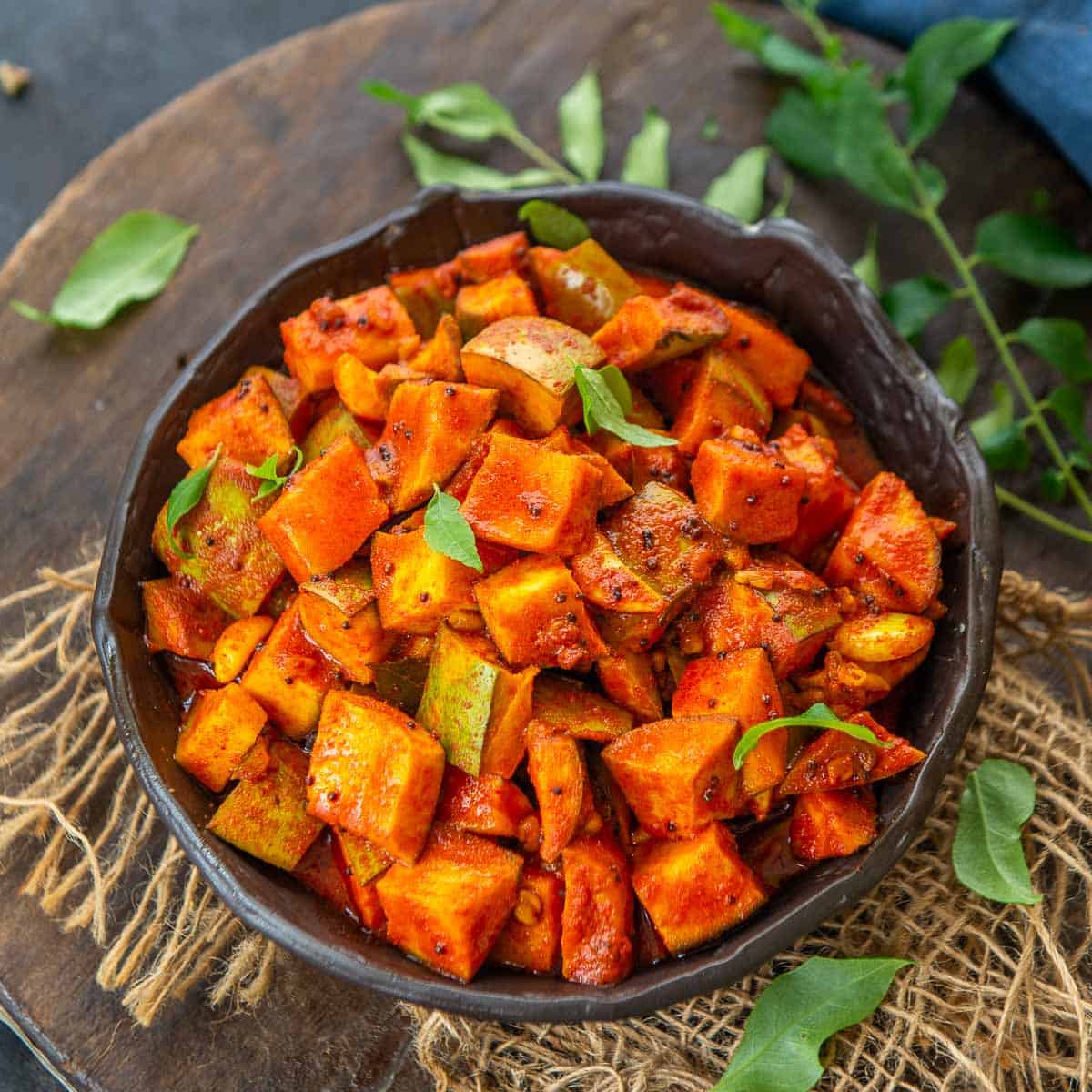
The History of Achaar
Achaar, also known as Indian pickle, is a spicy, tangy, and flavorful condiment that has been an integral part of Indian cuisine for centuries. It is made by fermenting fruits or vegetables with a blend of spices, salt, and oil, and is known for its unique flavor and texture. In this blog post, we will explore the history of achaar, including its origins and evolution in Indian cuisine, its regional variations, and its cultural significance.
Origins of Achaar:
The origins of achaar can be traced back to ancient India, where it was a popular condiment made by pickling fruits and vegetables in a mixture of spices and salt. The use of pickling was an effective way to preserve food, especially during the monsoon season when fresh produce was scarce. Achaar was also used as a digestive aid and to add flavor to simple meals.
Evolution of Achaar:
Over time, the process of making achaar evolved to include fermentation, which not only enhanced the flavor and texture but also provided health benefits. Fermented foods were known to improve digestion and boost immunity, making achaar a valuable addition to the Indian diet. With the introduction of new ingredients such as chilies and spices, the flavor profile of achaar became more complex and varied.
A blog post that explores the origins and evolution of achaar in Indian cuisine, including its regional variations and cultural significance.
HN Gandhi
Regional Variations of Achaar:
Today, achaar is a popular condiment throughout India, with each region having its own unique style and flavor. In the north, achaar is typically made with mustard oil and a blend of spices such as fennel, cumin, and mustard seeds. In the south, achaar is made with tamarind or lime juice and flavored with curry leaves, mustard seeds, and chili powder. In the east, achaar is made with mango or lemon and flavored with mustard oil, turmeric, and red chili powder. In the west, achaar is typically made with a blend of spices such as cumin, coriander, and turmeric.
Cultural Significance of Achaar:
Achaar is not just a condiment in Indian cuisine, but also has cultural significance. It is often served as part of a thali, a traditional Indian meal that consists of rice, vegetables, dal, and other accompaniments. Achaar is also an important ingredient in many festive dishes such as biryani and pulao. In addition, achaar has religious significance and is used as an offering during festivals such as Diwali and Navratri.
In conclusion, the history of achaar is a rich and fascinating story that spans centuries and reflects the diversity and complexity of Indian cuisine. From its humble origins as a simple pickling technique to its evolution into a popular condiment with regional variations and cultural significance, achaar has a special place in Indian cuisine and culture.
Related News
Traditional and modern methods of making Indian pickles
Indian pickles are a beloved condiment that have been enjoyed for centuries. They are made by preserving fruits or vegetables in a mixture of spices, oil, and vinegar or citrus juice. These pickles are a quintessential part of Indian cuisine and are known for their bold flavors and unique textures.
Read MoreKadak Masala Poori| Farsi Poori
Farsi Poori is an integral part of the Diwali celebrations in several Gujarati households. The coterie of Diwali farsaan or savoury dishes is incomplete without these little, crisp pooris.
Read MoreTasty Khasta Kachori Recipe: Paired Vraj Pickles foods Chutney
Khasta Kachori is an Indian snack renowned for its crispiness and flavors. This delightful, deep-fried snack is filled with a savory mixture.
Read More






